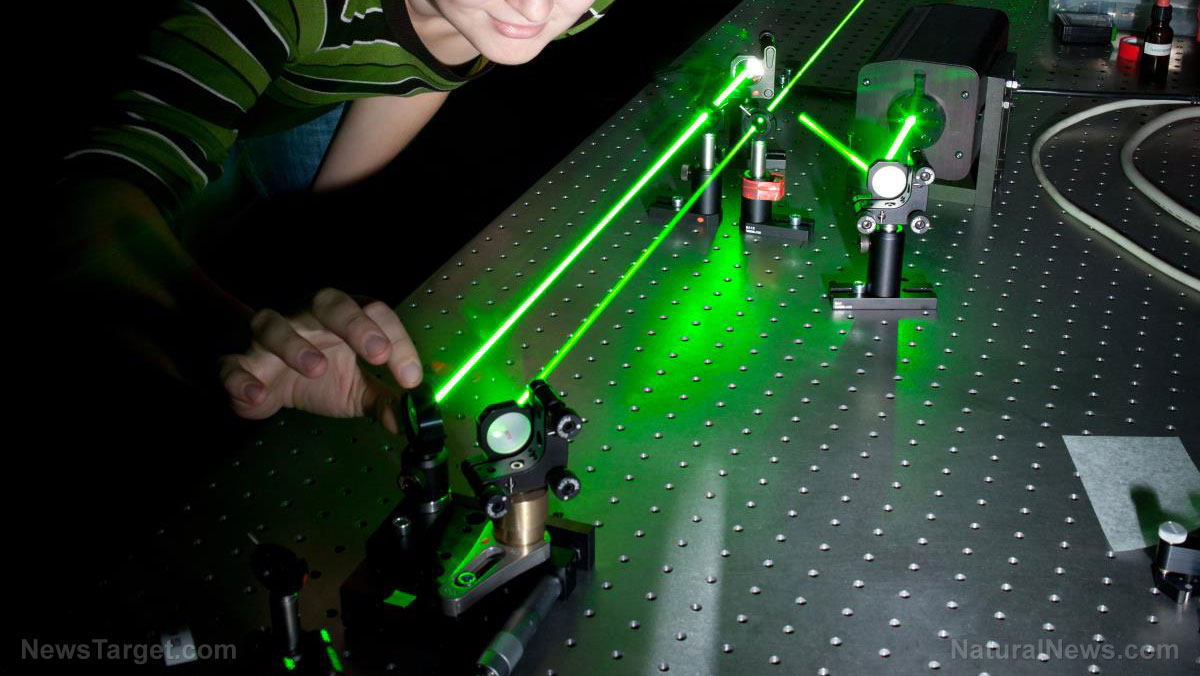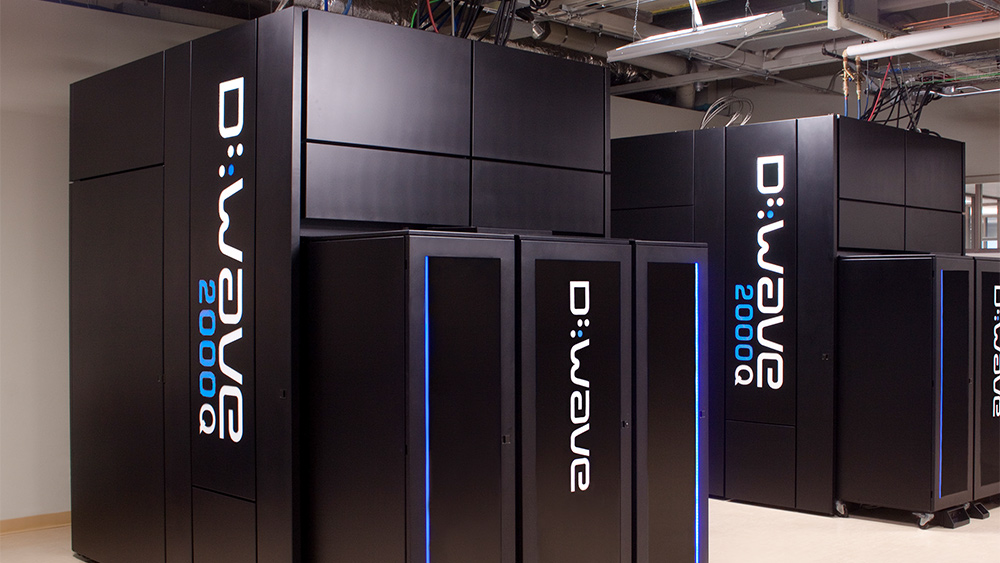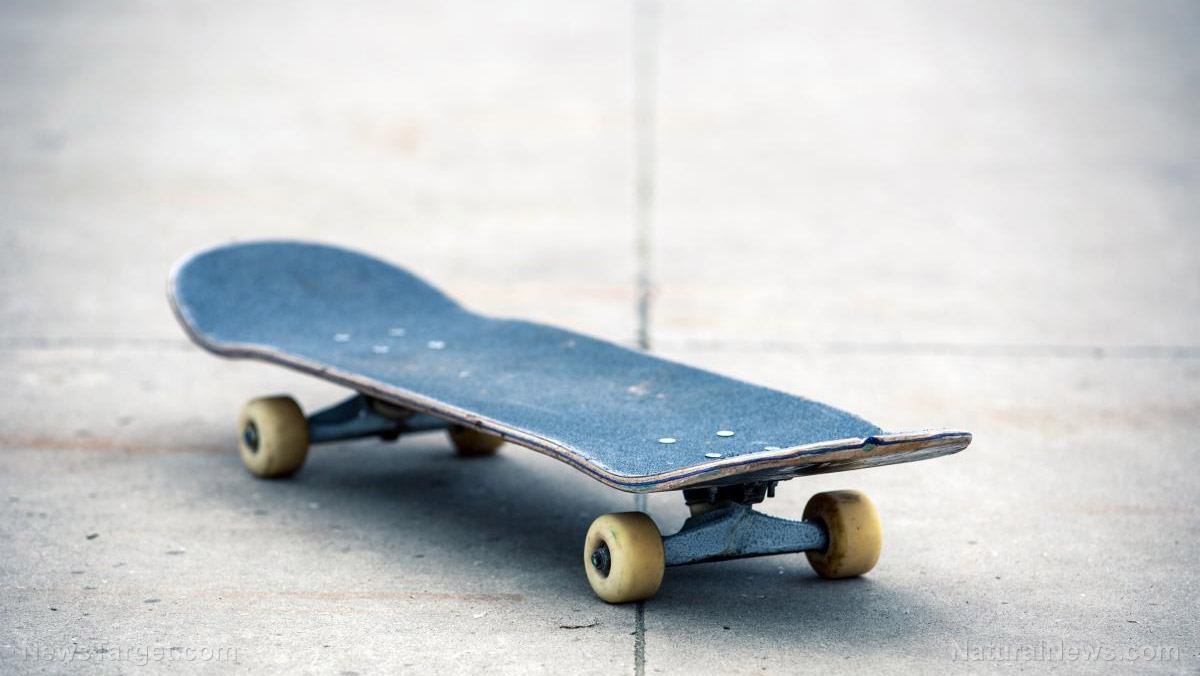Experts are looking to build a snakelike robot to save critically endangered rhinos
10/13/2019 / By Edsel Cook

The critically endangered northern white rhino gets another shot at survival, thanks to California-based researchers who developed a snakelike machine that makes it easier to perform artificial insemination and embryo transfers on the creatures. The soft robot was a collaboration between the University of California San Diego (UCSD) and the San Diego Zoo.
The northern white rhinoceros (Ceratotherium simum cottoni) is all but extinct – its population devastated by habitat loss and poaching for its horns. Currently, only two living specimens remain: Both are female, which makes natural conservation methods challenging.
This puts researchers in a race against time, as they look for ways to save the northern white rhino before it becomes too late. In a statement, the team said that the survival of the species depended on the ability to come up with clever ways for re-population.
The university’s newly developed soft robot might be the innovative approach they need. UCSD researcher and co-creator Michael Yip describes it as a long, thin catheter.
A user will steer the device through the cervix of a surrogate mother animal. Upon reaching the uterus, it will deliver an artificially conceived embryo of a northern white rhino. (Related: Save the bees: The American Bumblebee may become critically endangered, warn researchers.)
Robot will navigate through female rhino’s reproductive system
The UCSD researchers made sure that their soft robot makes its way through the labyrinthine anatomy of a female rhino’s reproductive system.
First up is the cervix. It features a bunch of twists and turns that run anywhere between eight to 12 inches. Next is a considerably long vagina and the connected uterine body. Finally, there is the uterine horn. The combined anatomical regions may reach up to 27 inches in length.
Previous efforts to deliver embryos to the uterus used a stainless steel catheter. While it proved capable of navigating its way through the canal leading into the animal’s vagina, it also required them to guide it through the cervix by hand.
The soft robot promised superior precision to the older catheter. Its developers designed it to slither through the female rhino’s reproductive anatomy.
While it measured several meters in length, the snake-like robot was only two to three millimeters at its widest part. It moved by using a bunch of tendons anchored to its flexible body.
“You can basically marionette the device to curve into any shape you want,” explained Yip. “And you can control it to make very fine, delicate movements so that procedures could be done in the animal safely and non-traumatically.”
The soft robot equivalent of the “stork”
Both surviving northern white rhinos were incapable of carrying a pregnancy. Therefore, the researchers will use female southern white rhinos (Ceratotherium simum simum) as surrogate mothers for artificial insemination.
After fertilizing a northern white rhino embryo, the researchers will use the soft robot to implant the baby in its surrogate mother. The robot features a camera that shows real-time footage of the direction it is going. It will carry its cargo — either the embryo or semen — inside it.
If they succeed in artificially inseminating the northern white rhino, the researchers believe they will eventually succeed in rescuing the endangered species.
“The ultimate goal is to produce a self-sustaining herd of northern white rhinos, first in captivity and then back into the wild,” explained San Diego Zoo official Barbara Durrant. “That’s still many, many years down the line, but we have excellent collaborators both here and around the world that are working with us and helping us move steadily in that direction.”
Sources include:
Tagged Under: animals, conservation, Ecology, Endangered species, extinction, goodtech, goodtechnology, inventions, robotics, robots, Soft Robotics, soft robots, wildlife
RECENT NEWS & ARTICLES
COPYRIGHT © 2017 INVENTIONS NEWS


















